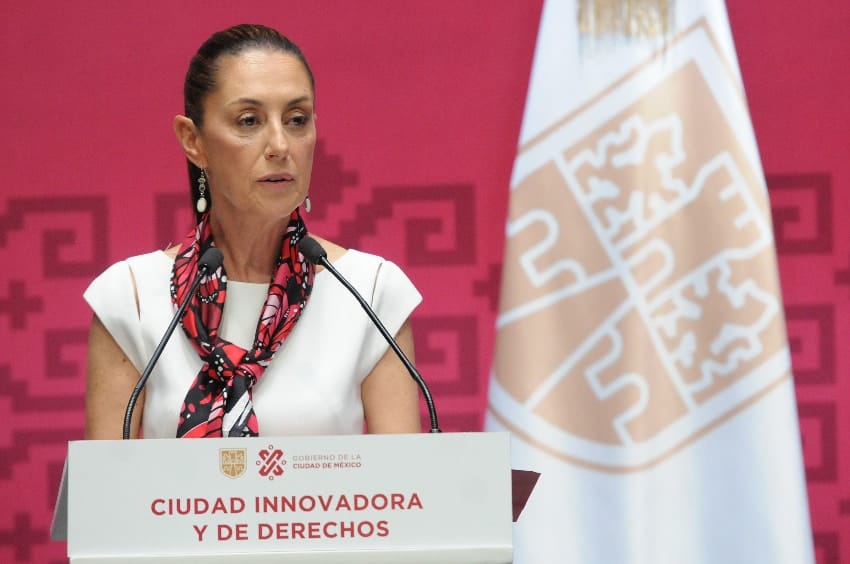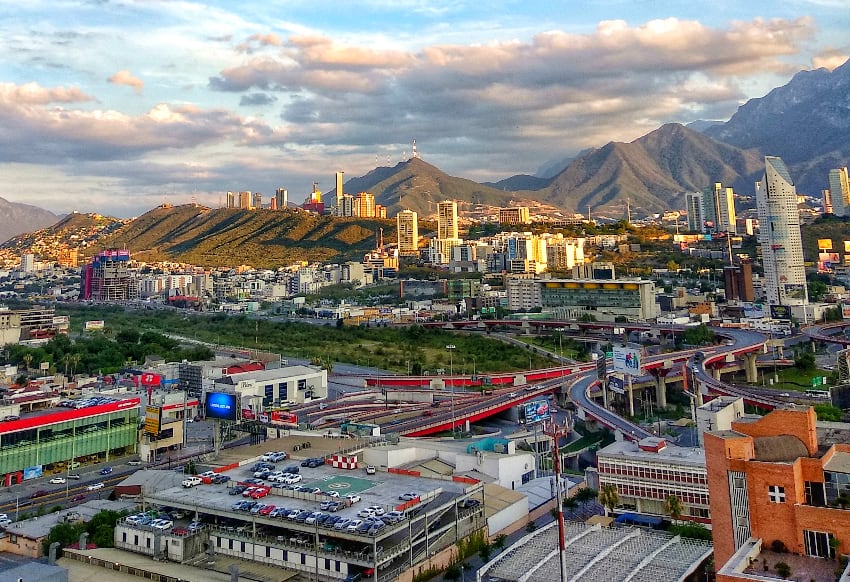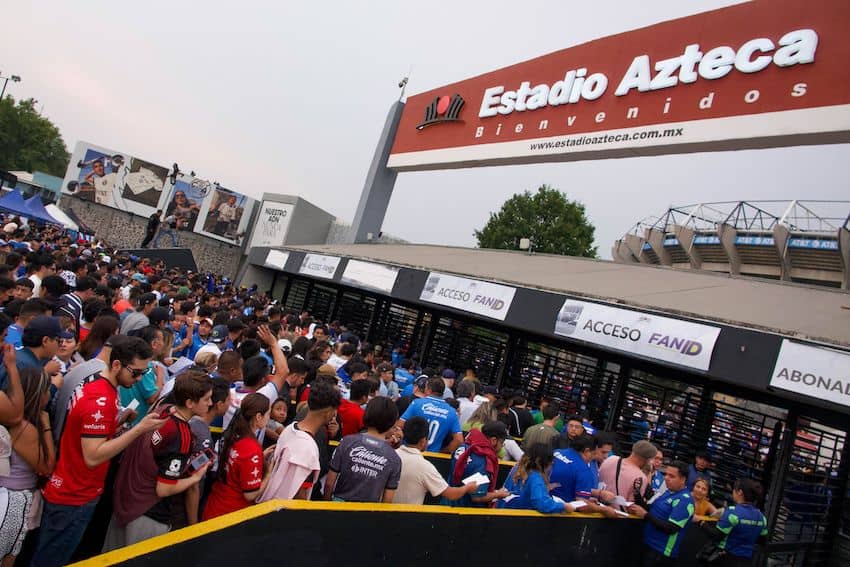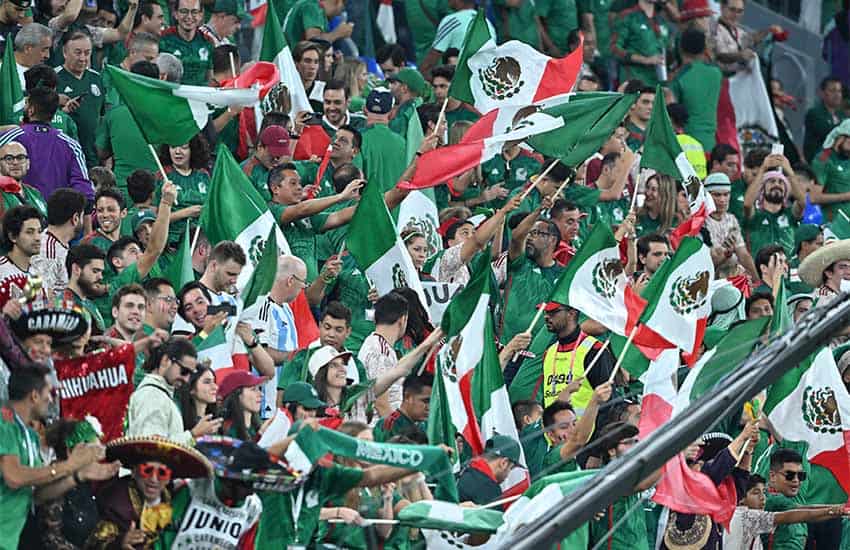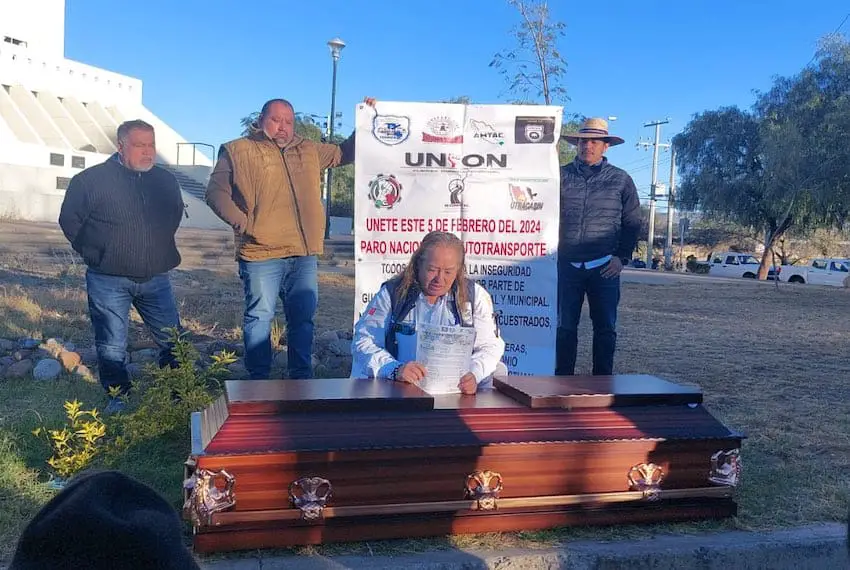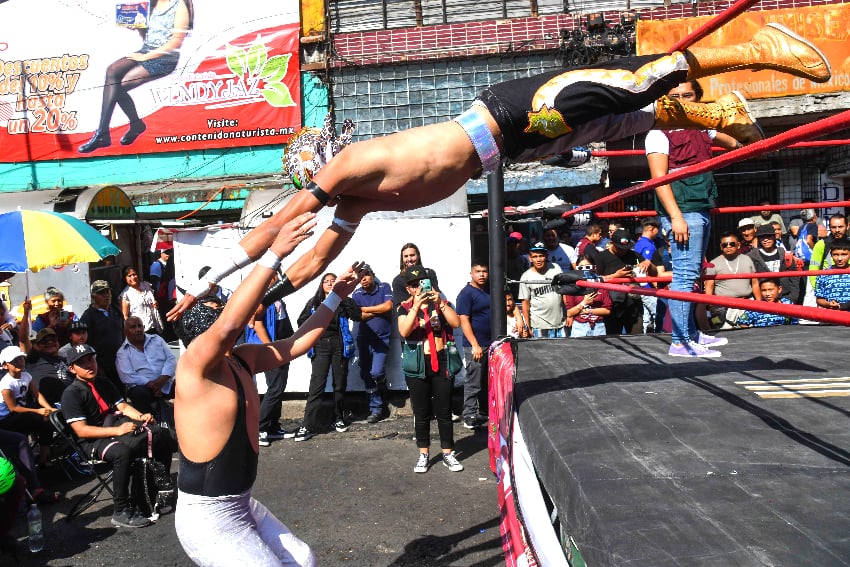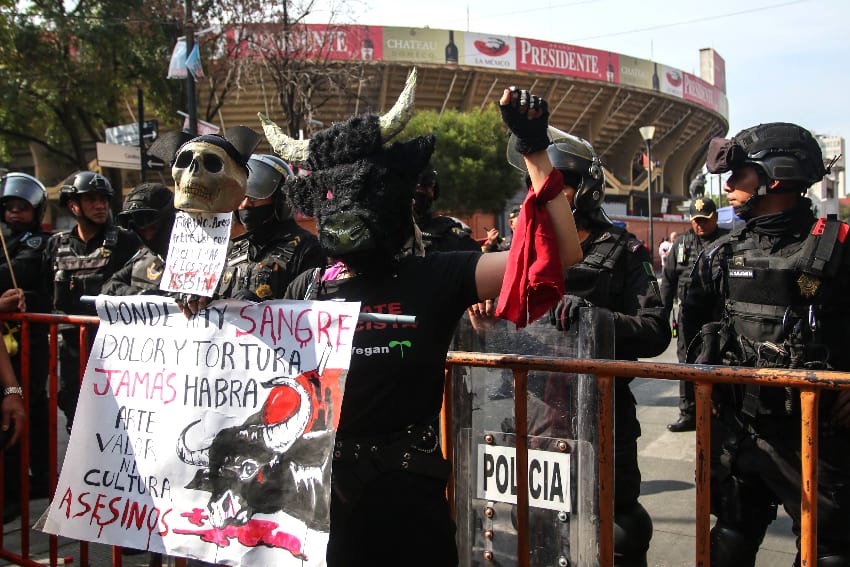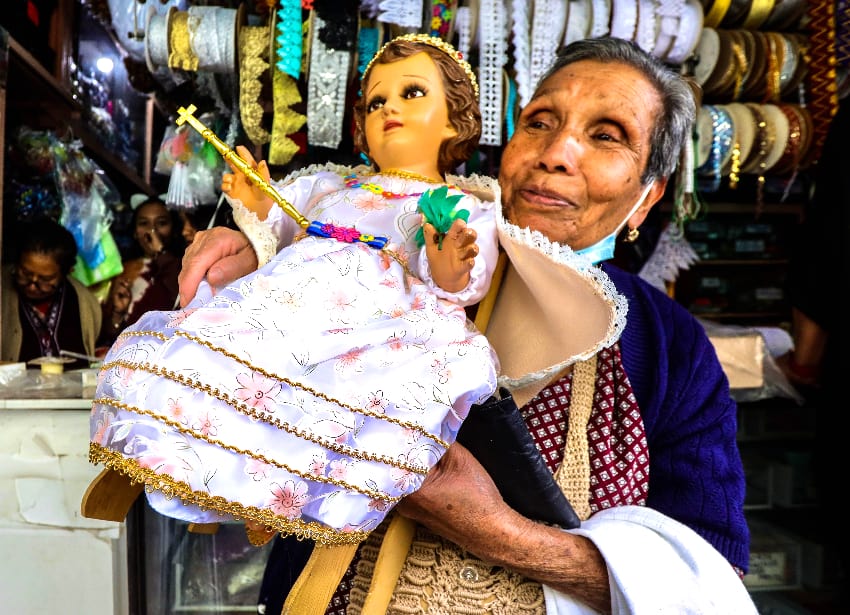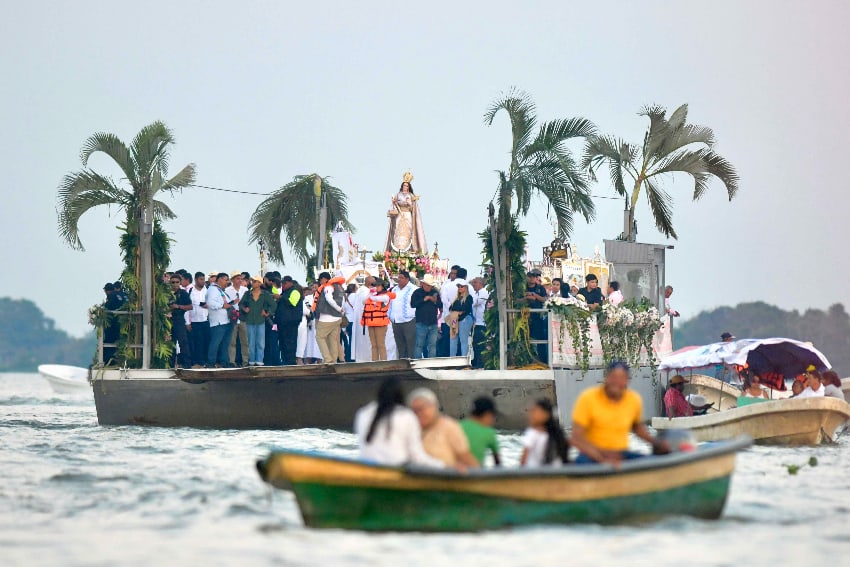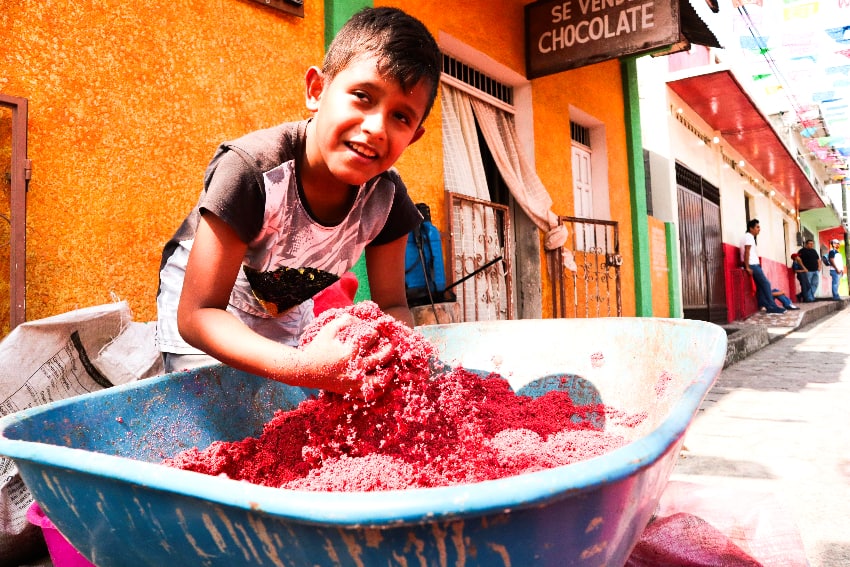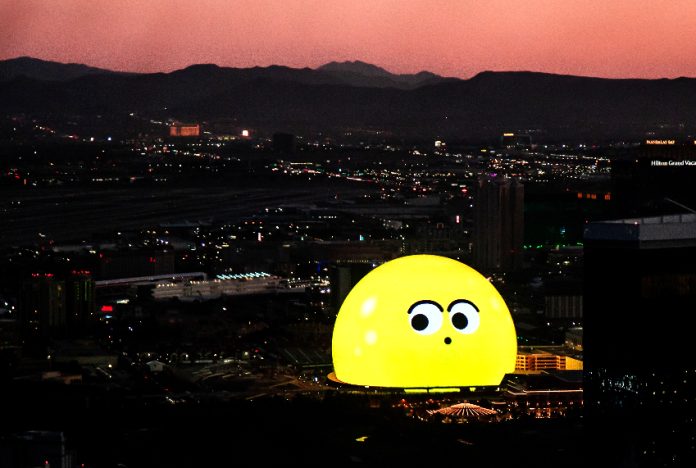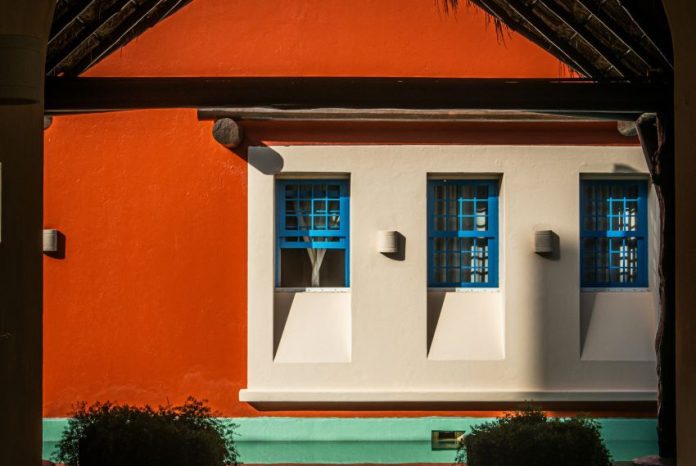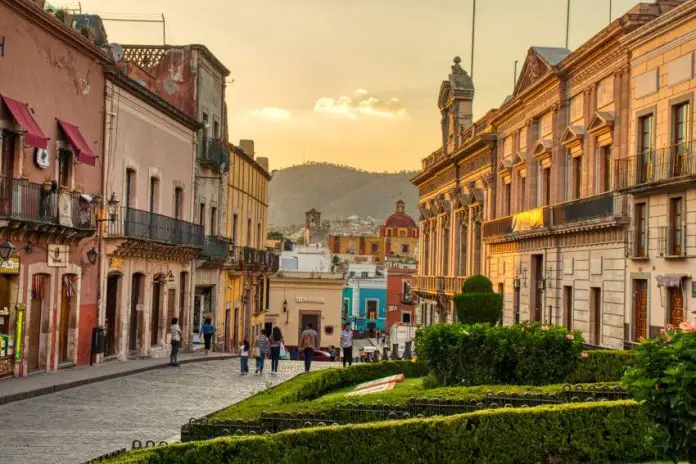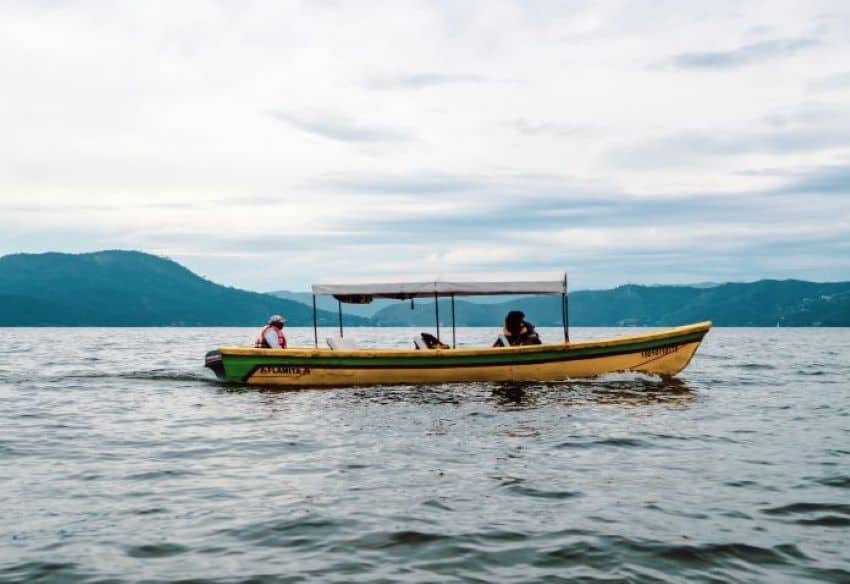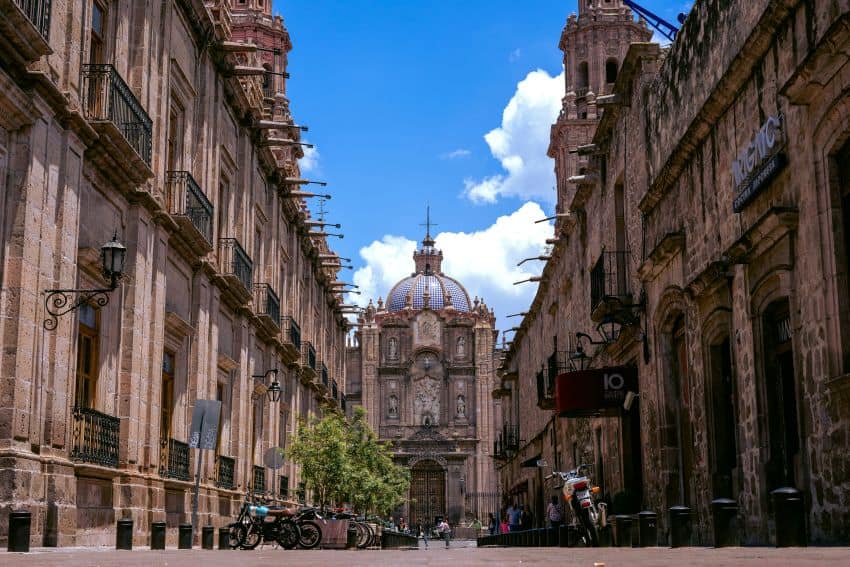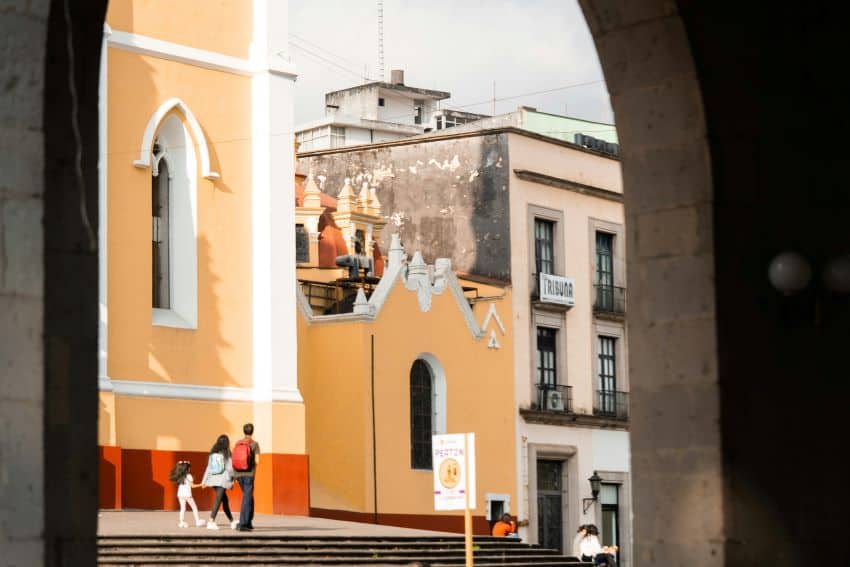Thinking of taking advantage of the medical tourism boom in Mexico? You’re not alone — the industry is thriving, not just due to Mexico’s proximity to the United States and Canada, but also because it offers the best bang for your buck. According to Statista, the Mexican medical tourism market is likely to grow 350% by between 2016-2024. Professional clinics in Mexico offer highly trained doctors, top quality amenities and a high level of one-on-one attention in consultations and follow-up care.
Non-invasive cosmetic procedures like peels, fillers, lasers and related skin procedures are on the rise. They’re rapidly becoming one of the most popular aesthetic treatments, as they require no recovery time and provide immediate results.
We asked Dr Lara, expert dermatologist and cosmetic aesthetician, founder of Clínica de la Piel Dermantra in San Miguel de Allende, about getting dermal and lip fillers in Mexico and how they can improve your face, lip volume and structure. What should you be aware of when seeking a clinic and practitioner? What are the price comparisons with filler treatment in the US? Which products would she recommend for faces and lips?
Dr Lara, what can dermal fillers do and what treatments are available?
My industry has been using dermal fillers safely since the 1980s. Fillers can improve skin quality, restore volume to skin and lips and even help to remodel areas of the face.
We can volumize lips, plump cheeks, fill in forehead lines, reshape the nose or chin, eliminate nasolabial or marionette lines, vertical lines above the lips, ‘tear troughs’ (under-eye bags), and even reduce the appearance of scars — safely and with instant results, which is pretty incredible!
Hyaluronic acid delivers instant hydration and volume
Medical-grade filler injections are typically made up of hyaluronic acid or collagen, which occurs in the skin naturally. Injecting hyaluronic acid in the face attracts water, which keeps the skin more hydrated. As we age, we suffer bone, fat and muscle loss and our skin begins to thin. This dermal filler acts by delivering instant hydration and plumpness to the skin, reducing wrinkles and folds and what’s amazing is you can expect to see instant results!
What type of hyaluronic products are available in Mexico and how do you feel about them?
Anytime we talk about fillers in your body, purity matters. The best product is exceptionally pure and will be high density, so that you need very little of it. We want to avoid any inflammation after the procedure which can occur if products are mixed or diluted.
Two popular products, Belotero and Aliaxin, are known for ultrapure hyaluronic acid, which seamlessly integrates into the skin.
I have also worked with top products, brand names like Juvederm and Restylane, but since the COVID vaccination, I have observed a few adverse reactions in my patients who chose the formulation that is in Restylane and Juvederm. I couldn’t tell you the exact science behind that, or the reasons for it, but it’s an observation that I think is important to share.
Biostimulants stimulate collagen production
I also use biostimulants; injectables that differ from dermal fillers because they address volume loss over time. They provide rehydration to the skin and stimulate collagen, which ultimately also slows down the aging process. The injections restore collagen that is lost due to aging, which creates the effect of filling in wrinkles and plumping volume in the chosen area.
I recommend, and work with brand names Radiesse and Sculptra, as they are the most biocompatible, natural, fillers. They are completely synthetic, and promote the new formation of collagen, with a minimal chance of inflammation or adverse reaction.
Sculptra produces this ‘new tissue’ or ‘new collagen’, which is a bit like scar tissue and needs to heal, like a scar would, depending on your skin type and age. If that’s not ideal for a person, then Radiesse may work, because the calcium it contains matches the calcium in our own body and therefore stimulates the fibroblast cells directly (the cells that promote natural collagen).
What current treatments are you recommending for your patients right now?
At a dermatological congress I attended in 2019 I had the privilege of listening to Dr. Nabil Fakih (who now practices between Lebanon, Dubai, and Spain). He’s one of the best craniofacial surgeons in the world and he promotes a hybrid technique, mixing Belotero and Radiesse, which has produced powerful results.
I was lucky enough to undergo intensive training from him over the last two years, and so I can confidently use this technique in my patients. This product hybrid nicely restores volume, and also improves skin quality by promoting new collagen formation – what I call ‘young’ collagen (Type-I collagen).
Here’s a list of 6 common facial areas where fillers can be used
Volumizing Lips
Thanks to a variety of celebrities (who, depending on your taste, may overplump!), volumizing the lips might be the most well-known use for dermal fillers currently. Lip filler treatments can be personalized, achieving a subtle boosting of the natural shape of the lips and evening out the texture by creating symmetry and filling in lines.
Plump Cheeks
Expertly injected fillers can restore the volume and appearance of youth to the cheeks without the effects associated with Botox, commonly known as ‘face freezing’. Where facelift surgery is more invasive and requires a fairly lengthy recovery period, cheek fillers can create a younger, more energized and radiant-looking face.
Fill in Forehead Lines
Fillers reduce the appearance of visible static lines, unlike Botox, which temporarily paralyzes muscles to eliminate the movement causing wrinkles. The injections fill in the lines with hyaluronic acid or biosynthetic stimulants.
Reshape the Chin or Nose
Dermal filler injections are also used as a nonsurgical option to fix common complaints in aging people! It is possible to reshape areas such as the jawline, chin or nose, improving a patient’s side profile and reducing a sagging neck.
I have special training in bolometric lifting, which I took in Brazil, Vienna, Argentina and Korea with Merz Pharmaceutical. Bolometric lifting is when you inject in the upper corners of the face, which effectively lifts the lower face and nasolabial folds.
Marionette lines and nasolabial folds can be eliminated!
Marionette lines are the lines below each corner of the mouth that can add to the appearance of aging. Fillers can easily fill in that lost volume and instantly brighten and balance the face, adding a more youthful appearance. Nasolabial folds are the lines that run from the sides of the nose to the corners of the mouth, and fillers here can easily create a more youthful, softer and natural look.
Reduce the appearance of scars
Scars can create indentations or an anomalous facial texture in one area, and even if they are hardly noticeable to others, facial scars can make people feel very insecure and uncomfortable. Fortunately, dermal fillers can be used in this instance too, to even out the surrounding texture. Fillers are a great option instead of opting for a surgical procedure, and I’ve often seen an extraordinary boost of confidence in my patients overnight.
I really think that’s the point of surgery in the modern world. Women are happier, just from receiving these small, and less invasive cosmetic procedures.
Cost of a filler treatment in Mexico compared to the United States
This kind of treatment is more affordable in Mexico than in the United States, Canada or Europe, by about a third. Some of my patients will come for this treatment and combine it with a vacation, or when they come for the winter months.
How do you look for the best cosmetic treatment provider?
In Mexico, we have the great advantage of being able to work with certain U.S., European and Korean brands as we don’t have the strong lobbying groups that exist in the United States. Eighty percent of my clients these days — both returning and new — travel from the United States.
You should always thoroughly investigate a doctor’s background and credentials and patient reviews before choosing a provider. A direct recommendation — when you can see the results of someone’s procedure — is even more preferable! A good doctor should also always present a wide variety of the brands I have recommended above (among others) to choose from. This is important because you want to ensure that providers only carry authentic brands in their stock.
Doctors, including myself, might suggest alternative treatments like microneedling or laser treatment, depending on your skin type and age. In Mexico, and certainly, at my clinic, you should expect to have an in-depth consultation to discuss major concerns, exactly what you’d like to see in the results and the details of the procedure.
I see a lot of “snowbirds” (those who migrate to Mexico for the winter months) now deciding to live full-time in Mexico! I think it’s a warmer country, not only in climate but in spirit. This is no different in medicine and I think people want to feel that they’re being genuinely cared for, and that the doctor is truly committed to getting the best results. I certainly operate under that principle. I think these personality traits are prevalent in the medical profession in Mexico.
Disclaimer: This article is for informational purposes only and should not be considered legal or medical advice. The writer and Mexico News Daily assumes no responsibility or liability for any errors or omissions in the content on this site. Individuals should always consult with qualified professionals regarding medical procedures, including plastic and/or cosmetic surgery, and medical aesthetic treatments, as well as consider their jurisdiction’s applicable laws and regulations.
Henrietta Weekes is a writer, editor, actor and narrator. She divides her time between San Miguel de Allende, New York and Oxford, UK.




